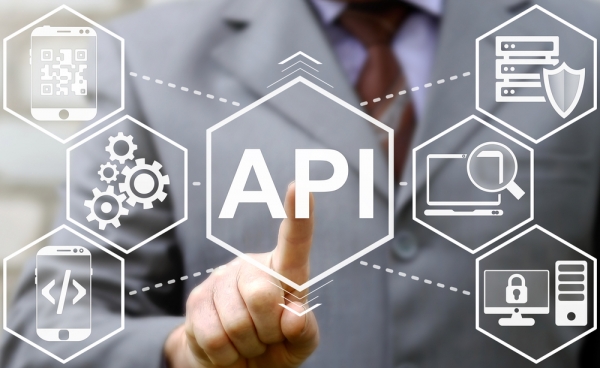
Mystifly API Integration
Mystifly
is a global airfare marketplace that provides access to a vast database of
airline fares and content. Integrating the Mystifly API into your application
or website can allow you to access and offer flight booking services to your
users. To integrate the Mystifly API, you'll need to follow these general
steps:
1. Sign
Up with Mystifly: First, you'll need to sign up for an account with
Mystifly and get access to their API. You may need to go through a verification
process and agree to their terms and conditions.
2. API
Documentation: Familiarize yourself with the Mystifly API documentation.
This documentation will provide you with detailed information on how to make
API requests, what endpoints are available, and what data you can expect in the
responses. The documentation may also include code samples in various
programming languages.
3. API
Key: You will likely need an API key to make authenticated requests to
the Mystifly API. This key is used to identify your application and grant access
to the API. You may need to obtain this key from Mystifly's developer portal.
4. Choose
Integration Type: Decide what kind of integration you want to build.
Mystifly provides different integration options, including White Label
Solutions, XML API, and JSON API. Choose the one that best suits your needs.
5. Development
Environment: Set up your development environment. Ensure that you have
the necessary programming languages, libraries, and tools to work with the
Mystifly API.
6. Implement
API Calls: Write code to make API calls to Mystifly's servers. You'll
need to construct HTTP requests according to the API documentation, include
your API key in the headers, and handle the responses.
7. Testing:
Thoroughly test your integration to make sure it works as expected. Test
various scenarios, such as searching for flights, making bookings, and handling
errors.
8. Error
Handling: Implement proper error handling to deal with cases where the
API returns errors or unexpected responses.
9. Security:
Ensure that you keep your API key secure. Do not expose it in client-side code
or make it publicly accessible.
10. Compliance:
Make sure your integration complies with Mystifly's terms of service and any
legal or regulatory requirements.
11. Deployment:
Once your integration is thoroughly tested and working correctly, you can
deploy it to your production environment.
12. Monitoring
and Maintenance: Monitor your integration for any issues or changes in
the Mystifly API. Mystifly may update their API over time, so be prepared to
make updates to your integration accordingly.
It's important to note that the specific details of
integrating with the Mystifly API may vary depending on the integration type
and the services you want to offer to your users. Always refer to the latest
Mystifly API documentation for the most up-to-date information and guidance on
integration. Additionally, consider reaching out to Mystifly's support or
developer relations team for assistance and support during the integration
process.






















